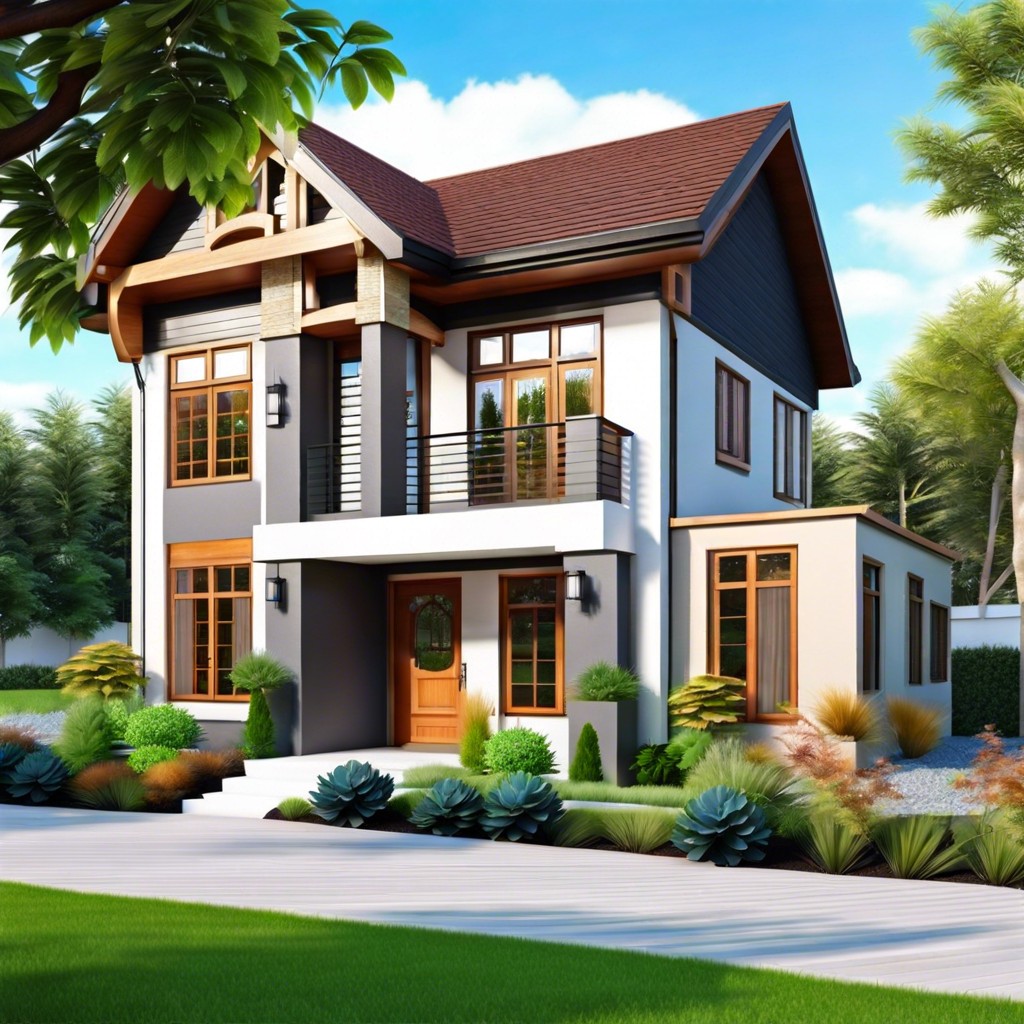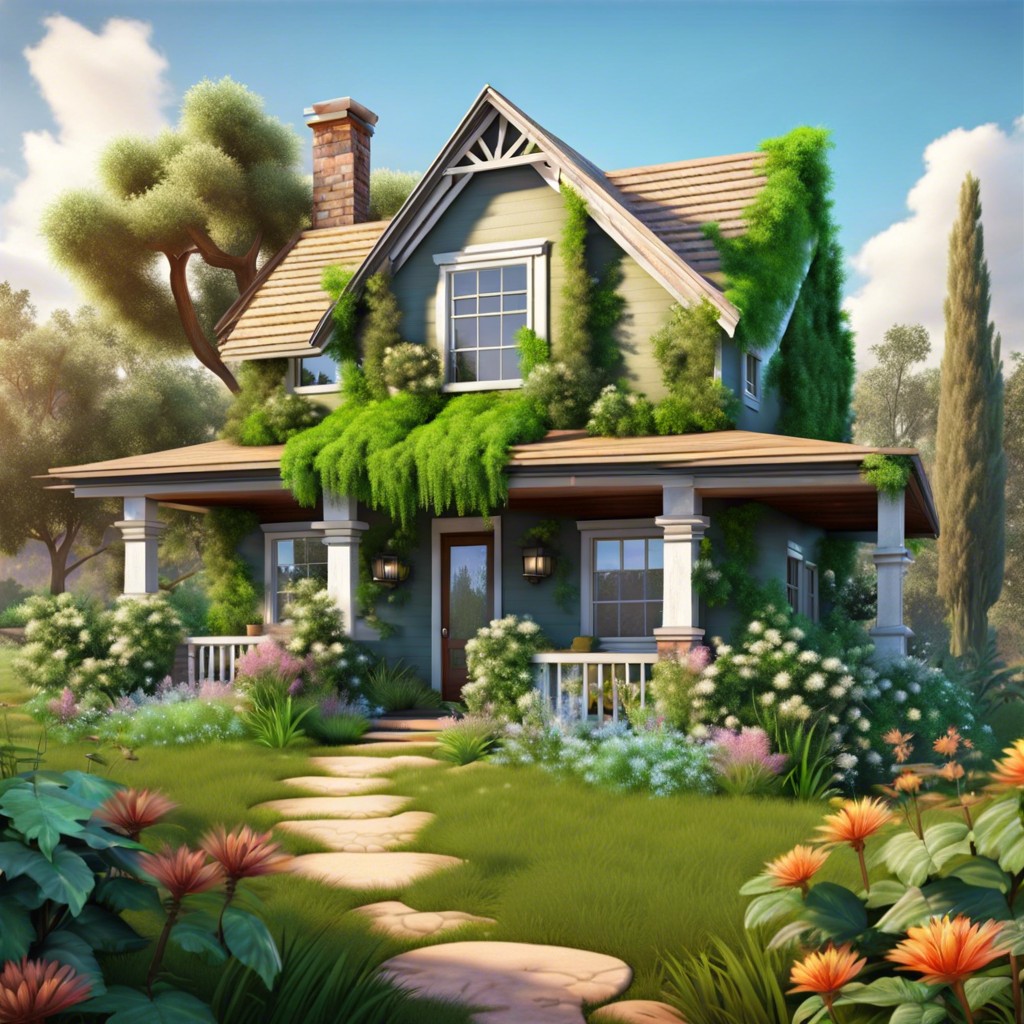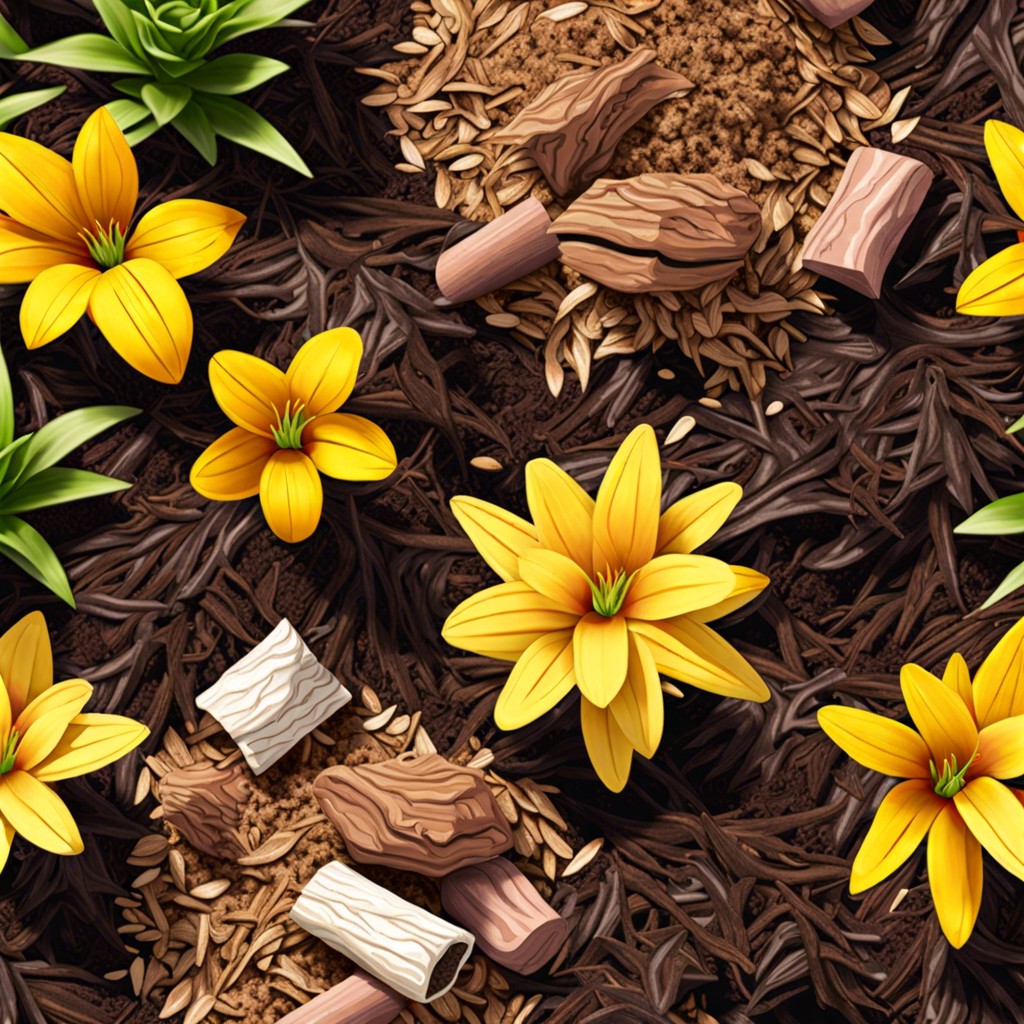Learn how to enhance your home’s first impression with effective curb appeal landscaping techniques that boost property value and visual charm.
Key takeaways:
- Consider the house’s style, size, and colors when planning landscaping.
- Use hardscaping features like walkways and retaining walls.
- Utilize the color wheel to create vibrant and harmonious plant combinations.
- Landscape with potted plants for versatility and seasonal changes.
- Add fresh mulch for a neat appearance and practical benefits.
Consider the House

When planning to enhance your home’s curb appeal through landscaping, it’s essential to consider the architectural style and color of your house. The design of your landscape should complement, not clash with, your home’s exterior. For instance, a Victorian house may benefit from formal gardens and structured plantings, while a modern abode might suit a minimalist approach with sleek, geometric patterns.
Pay attention to the size and scale of your home as well. A sprawling estate can handle larger plant specimens and expansive beds, whereas a compact bungalow is better suited to smaller, proportionate planting arrangements. It’s all about creating balance; you don’t want the landscaping to overwhelm the house or appear too sparse.
Consider the colors of your home’s façade, trim, and roofing when selecting plants and flowers. You can pick colors that contrast or complement, depending on the effect you wish to achieve. If your home is neutrally painted, you might opt for bold, bright flowers to inject vibrancy, or if your house boasts a colorful exterior, choose more subdued greenery to let it stand out.
Lastly, take note of the sunlight your yard receives and use it as a guide for planting. If your front yard is shaded, choose plants that flourish in low light. Conversely, if your home is bathed in sun, opt for sun-loving species. Aligning your plant selections with the environment ensures that your landscaping not only looks beautiful but thrives, improving your home’s visual appeal for the long term.
Use Hardscaping
Incorporating hardscaping features into your landscape design not only enhances curb appeal but also adds structure and definition to your outdoor space. Think beyond plants and consider elements like walkways, retaining walls, and patios. A well-designed path made from stepping stones or pavers invites guests towards your front door and guides them through your garden, creating a welcoming entrance.
Retaining walls can be both functional and attractive, preventing soil erosion while offering a chance to showcase different levels of landscaping. Materials like natural stone or bricks can complement the architectural style of your home, creating a cohesive look.
Don’t overlook the power of a quaint patio or seating area. Even in the front yard, a small, strategically placed bench or a bistro set provides a spot for relaxation and adds a touch of charm. These hardscapes serve as the backbone of your curb appeal, providing year-round structure amid the ebb and flow of your garden’s seasonal changes. Remember, the goal is to strike a balance between the greenery and these permanent features to craft a harmonious and inviting landscape.
Turn to the Color Wheel
When it comes to infusing your landscape design with life and vibrancy, understanding the principles of the color wheel can be a game-changer. Colors that sit opposite on the wheel, known as complementary colors, can make each other pop when placed together in your yard. Imagine the striking contrast of bright yellow flowers against a backdrop of lush purple shrubbery. It’s a combination that is sure to catch the eye of any passerby.
Analogous color schemes, which involve using colors that sit side by side on the wheel, can create a more harmonious and tranquil setting. Consider a gradient of plantings that range from a soft lavender to a deep violet, which can provide a sense of visual flow and unity throughout your garden.
Don’t forget about the psychological effects colors can have. Cool tones like blues and greens are known for instilling a calm and restful ambiance, while warm hues such as reds, oranges, and yellows can evoke feelings of excitement and warmth. Selecting the right palette can have a profound effect on the overall feel of your home’s exterior.
Remember also that color isn’t limited to just flowers; it includes the foliage, bark, berries, and even the hardscaping materials you select. A red brick path or a cobalt blue birdbath can become integral elements in your color scheme. By exploring the color wheel, you can mix and match to create a front yard landscape that’s as visually pleasing as it is welcoming.
Landscape With Potted Plants for Curb Appeal
Potted plants offer a versatile and easily changeable method to enhance your home’s curb appeal. They allow for experimentation with different plant arrangements and can be moved to suit the aesthetic of your landscaping as the seasons change.
Selecting the right containers is just as important as the plants themselves. Pots in materials like ceramic, metal, or stone can complement your home’s style and color scheme. Also, varying the pot sizes adds depth and interest.
When choosing plants, consider the amount of sunlight the area receives. For sunny spots, geraniums and petunias are sun-loving florals, while ferns and hostas thrive in shadier areas.
Another tip is to cluster pots in groups of three with differing heights, which creates a visually pleasing trio. To maintain the display, ensure proper drainage to avoid waterlogged roots and consider adding wheels to larger pots for easy repositioning.
Seasonal plants are perfect for keeping your curb appeal fresh. Bright annuals in the spring and summer or festive arrangements in the autumn and winter can celebrate the passing seasons.
Lastly, regular maintenance is key. Deadheading blooms and trimming any overgrowth keeps your potted plants looking their best. Remember, these touches not only make your home more inviting but can also leave a lasting impression.
Add Fresh Mulch
One of the quickest and most cost-effective ways to enhance your landscape’s visual appeal is by spreading a fresh layer of mulch. Not only does mulch give garden beds a neat and cohesive look, but it also serves several practical purposes. Firstly, mulch helps retain moisture in the soil, which is essential for the health of your plants, especially during the hotter months. Additionally, it aids in suppressing weed growth, reducing the amount of maintenance your garden requires.
When selecting mulch, you’ll find a variety of options, from organic choices like bark, straw, and wood chips to inorganic types such as rubber or stones. Each has its benefits and aesthetic qualities. Organic mulches gradually break down, contributing nutrients back into the soil, while inorganic mulches last longer and require less replenishment.
Consider the color and texture when choosing mulch, as these elements can complement your home’s exterior and the plants in your garden. A darker mulch can make the green of your foliage pop, while a lighter one might blend better with desertscapes or contemporary designs.
Applying mulch is relatively straightforward. Ensure the ground is clear of weeds, and spread a layer about two to four inches thick around your plants, taking care to leave some breathing room around the base of each plant to prevent rot. Remember, a little goes a long way to avoid over-mulching, which can suffocate plants and prevent water from penetrating the soil.
Refreshing mulch annually or as needed can keep your yard looking well-maintained and inviting, contributing significantly to your home’s overall curb appeal.




